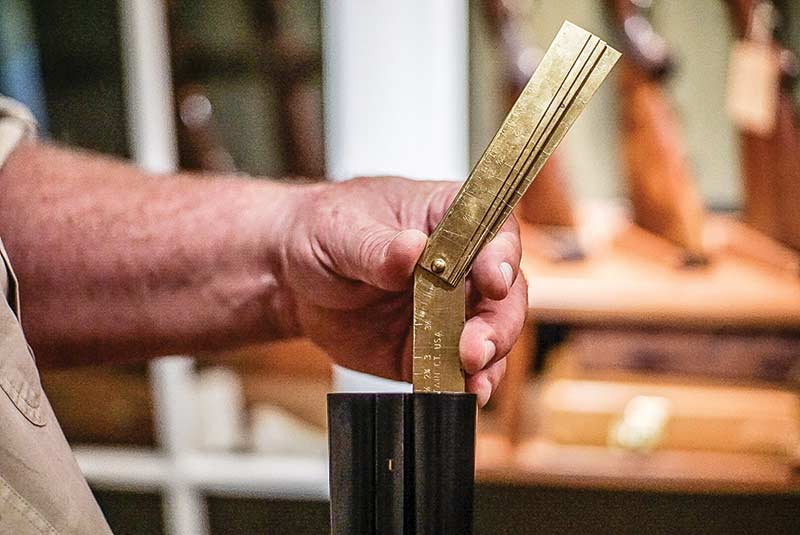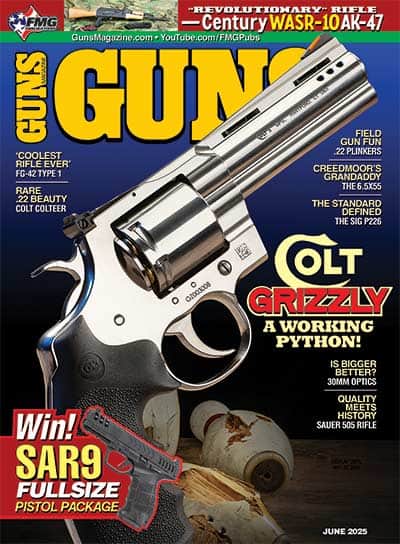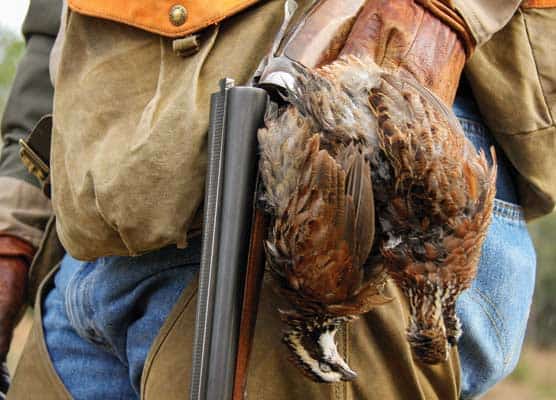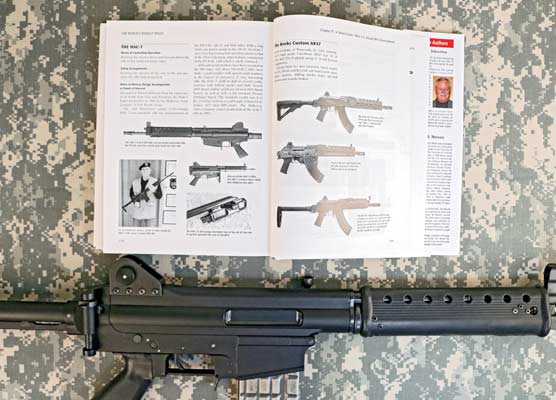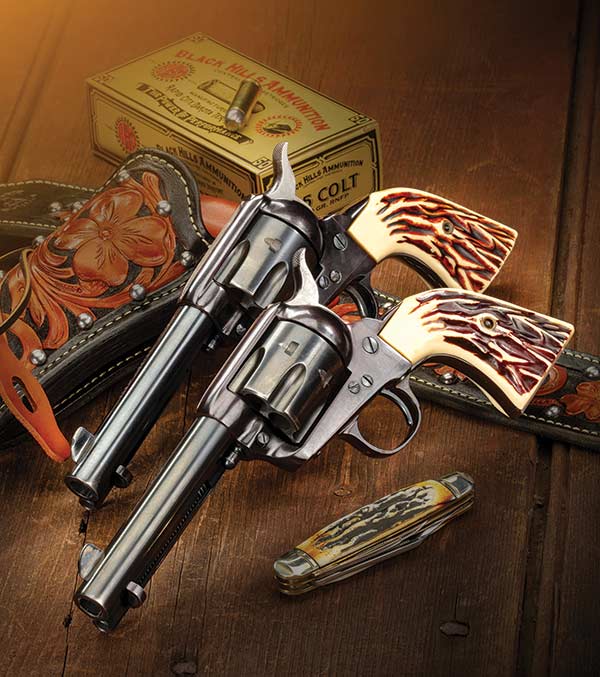The Auction House
No Hat Required!
The auction chant, those rhythmic filler words no one really ever understands, were audible in the back of the room. I wanted the Winchester enough to consistently raise my hand until it looked like I was the new owner. I smiled when the auctioneer said, “going twice,” but then that pesky fella wearing the Panama hat signaled his entry into the bidding. The Humphrey Bogart impersonator took the bidding up far beyond my threshold but I didn’t flinch, even when my nose itched from the dust and I had to sneeze.
But things have changed since the days of the ancient Greeks and Romans who created a live auction to sell items seized during wars. Virtual auctions have revolutionized the processes and offer convenience and flexibility to anyone who can connect to the internet. Some auctions offer live bidding while others accept bids over an extended period as long as a few weeks. Think about it — not only can you find the shotgun of your dreams, but you don’t need to leave your home to buy it.
But while the log-in/bid/pay if you win concept is easy, it also comes with a risk — if you’re not careful you just might wind up with a lemon. Here’s how the process usually works and how you can safeguard your investment.
Auction 101
Auctions work on consignments. Sellers bring items to the auction house for appraisal and sale. Sometimes they bring an individual item while other times it’s an entire collection.
The Inspection Period — The day before the live auction is the time to preview all items. This is the time to determine if the shotgun is not just of interest but how high you’ll want to bid.
Let the Games Begin — If the buzz has been properly created then all potential buyers are ready to bid. The auctioneer is responsible for firing up the crowd to get them engaged in the process.
Payment — Congratulations, you were the highest bidder. Now it’s time to pay for and enjoy your purchase.
One question that frequently comes up is why did Nash Bukingham’s HE Grade Super Fox Bo Whoop fetch just south of a quarter million dollars while Burt Spiller’s Parker VH commanded under $10K? Condition is a big factor, and the better the condition the more money it commands. Unusual and unique items considered rare fetch a better price than more common and pedestrian models. Provenance, especially if that history of ownership is properly documented, ratchets prices up and if a famous person owned the shotgun then that’s usually a good thing. Trendiness in the market can play a role. Right now there is a glut of large bore shotguns while small bores command more attention.
For Lars Jacob of Lars Jacob Wingshooting in Manchester, Vt., the calls for shotgun appraisals increases every year. “There’s no question that the digital world has had an impact of shotgun sales,” he said. “There are a number of online auctions, and there are firearm listing services, too. No longer is a customer confined to a gun shop, a gun show or a live auction. The entire world of shotguns has come to everyone’s living room.” Here are some of Jacob’s points.
Develop a relationship with a gunsmith or gun appraiser — “Good deals can be had at an auction, but you lose the ability to touch and hold the firearm. You’re looking to assess condition and authenticity which helps determine price. Area gunsmiths or gun appraisers and their knowledge can clearly help. We typically charge a finder’s fee that ranges between 8% and 15% of the shotgun’s sale price. Oftentimes we’ll source a particular shotgun as well.”
Collector’s Associations — “If you’re focused on buying and collecting shotguns made by one particular manufacturer then you might be able to find the information you need from a collector’s association. Those groups have an incredible amount of information among the members.”
Pay attention to the listing details — “Listing details describe the make, model, gauge, and other normal information. But asking questions that aren’t included in the listing illustrates originality and helps properly price out the shotgun.” Frequently altered things include chamber length, choke constrictions and stock dimensions. Screws will indicate if the shotgun has been taken apart. Make sure you ask questions that aren’t answered in the listing.”
Market demand — “One of the biggest recent changes is in market demand. Many collectors are aging, and in the event of a passing the disinterested family members put them up for auction. Currently it’s a buyer’s market as there are a lot of unique shotguns coming up every month.”
Set reasonable expectations — “There are some variables that can be opinion driven and need proof. Case color or barrel blue/brown needs to be clarified as does any kind of provenance. Reasons why case color or barrel blue/brown land at 40% is important, just as having authenticating certificates, bills of sale and the like establish provenance. They all factor into the value.”
Work with a reputable auction house — “These days, the ability to list or promote anything online is very easy. Reputations are hard earned, so work with auction houses that have been around for a while. If a venue offers a lot of different types of auctions, like home furnishings, art, or the like, do some research to make sure they are a well-respected authority of firearms.”
Set a budget — “Decide how much you want to spend before the bidding starts. That should include any other fees, taxes, shipping, insurance, and buyer’s premiums. It’s important to have a budget so that you don’t have buyer’s remorse.”
The only bad parts of online auctions is the interpersonal relationships, connections and rituals are missing. There well may be a bidder wearing a Panama hat online but you’ll never know it. But, maybe this time your name will be called when the gavel drops!


